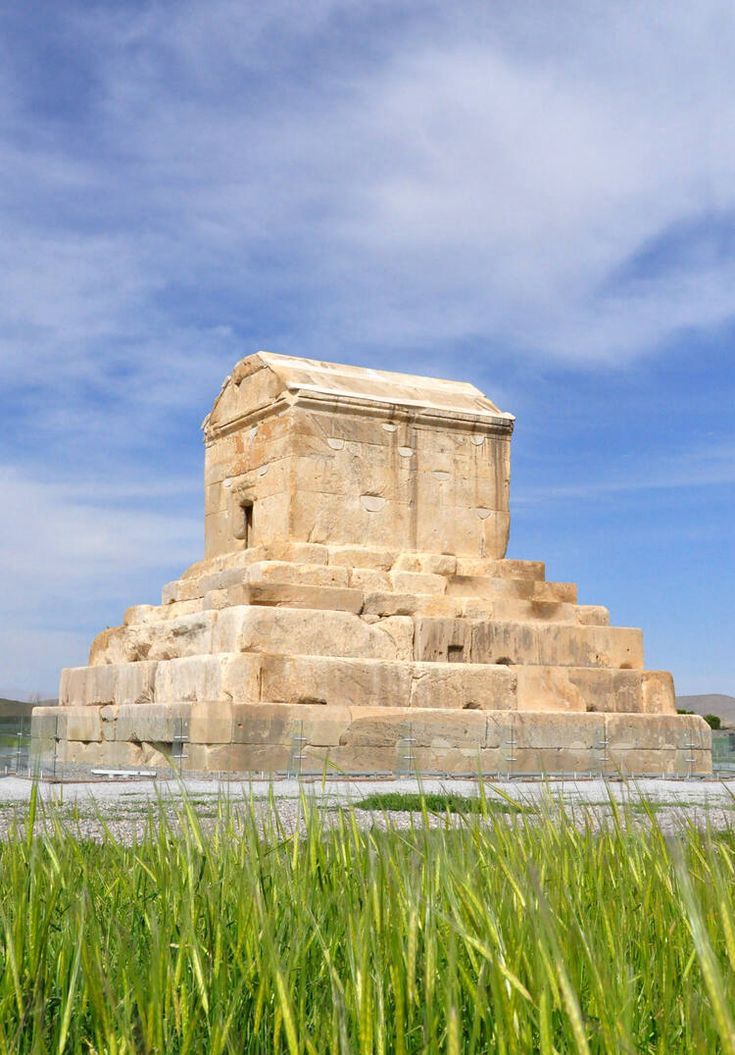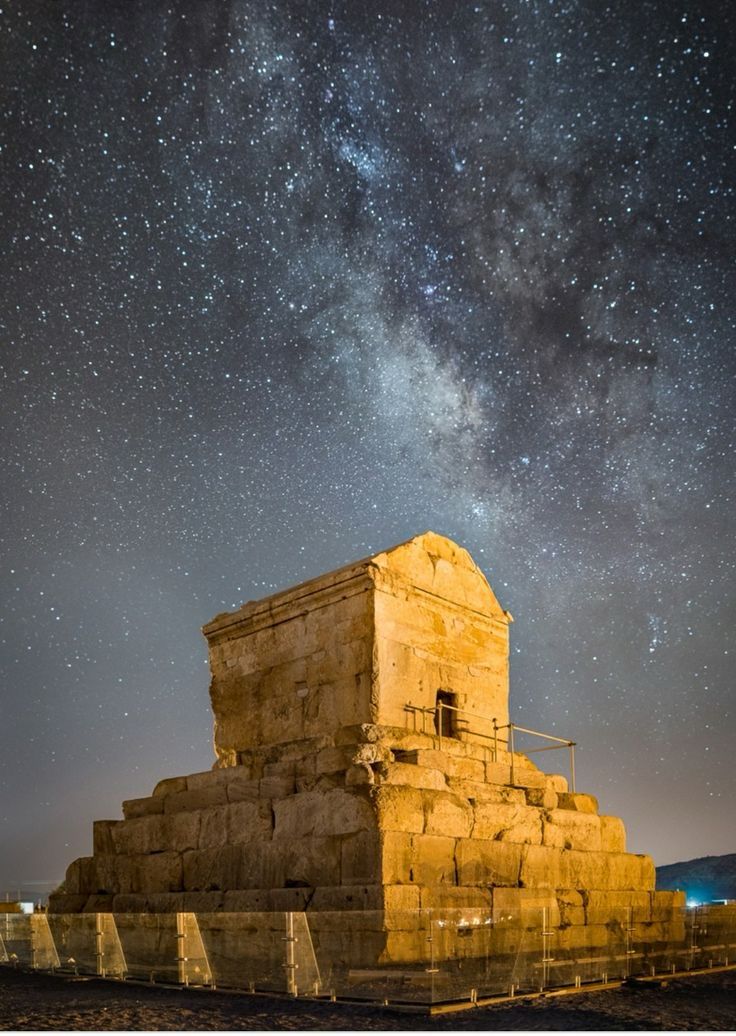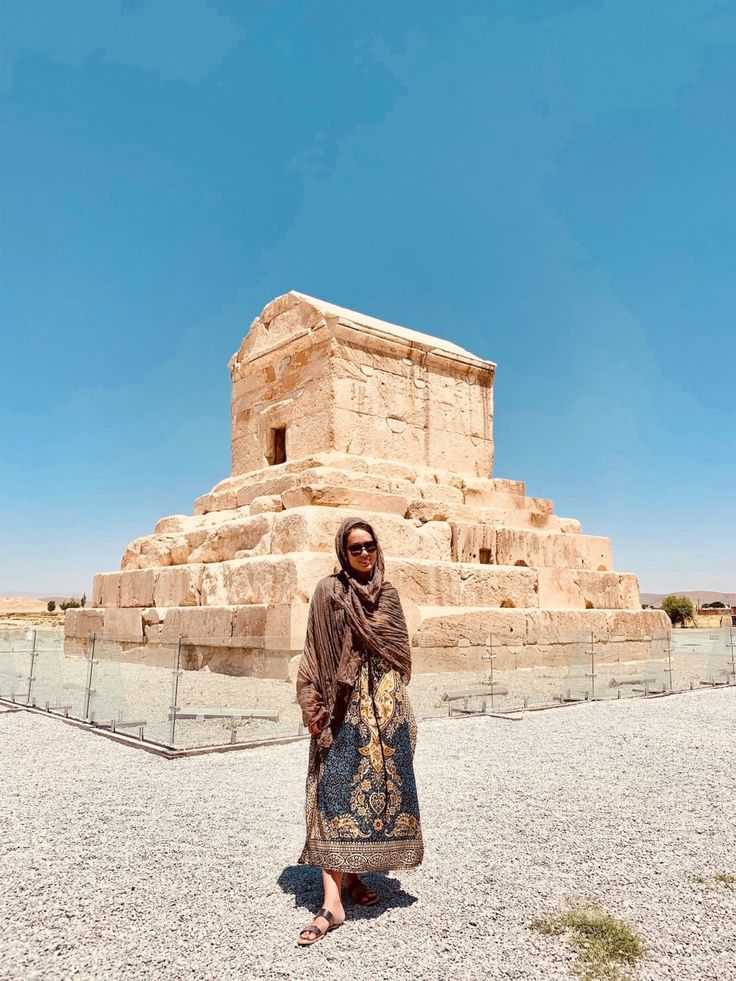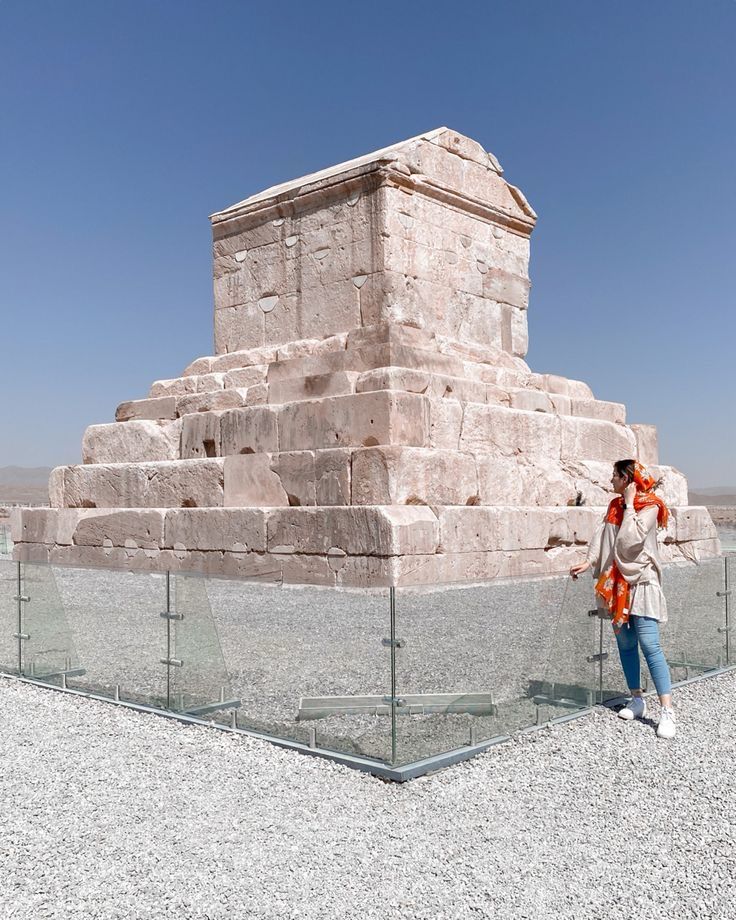Pasargadae Iran: Everything You Need to Know Before Visiting

Introduction: Discovering Pasargadae (Pasargad)
Imagine stepping into a place where history whispers through every stone. Pasargadae, or Pasargad as it’s sometimes called, was the first capital of the mighty Achaemenid Empire, founded by none other than Cyrus the Great. Tucked away in Iran’s Fars Province, this ancient city isn’t just a pile of old ruins—it’s a window into the birth of Persian civilization. Here’s why it’s worth your attention:
- Travel Tip: Catch the sunset for a view you’ll never forget!
- Founded by Cyrus the Great: A king’s vision from over 2,500 years ago.
- UNESCO World Heritage Site: A global gem since 2004.
- Home to Cyrus’s Tomb: An iconic monument that time couldn’t erase.
From its unique architecture to its deep historical roots, Pasargadae earned its spot on UNESCO’s World Heritage List for a reason. Whether you’re a history buff or just love a good story, this place has something magical. Ready to dive in? Let’s explore why Pasargad is a must-see wonder!
The history of Pasargadae (Pasargad)
Pasargadae didn’t just appear out of nowhere—it was the brainchild of Cyrus the Great, who founded it in the 6th century BCE. After his victory over the Medes, Cyrus wanted a capital that screamed power and ambition, and Pasargad was his answer. This wasn’t just a city; it was the heartbeat of the Achaemenid Empire, a place where Persian identity started to take shape. Picture sprawling palaces and gardens rising from the plains, a bold statement to the world that a new era had begun.

Over time, though, its role shifted—by the time Darius built Persepolis, Pasargadae became more of a sacred memory than a bustling hub. Still, its story didn’t fade. Alexander the Great paid his respects here, and centuries later, archaeologists uncovered its secrets, piece by piece. Today, Pasargad stands as a testament to Cyrus’s vision—a quiet giant that reminds us how one man’s dream turned into a legacy that’s lasted over 2,500 years. It’s not just history; it’s the start of something huge.
The architectural wonders of Pasargadae
If you’re into architecture, Pasargadae is like a playground of ancient creativity. What makes it so cool? It’s not just Persian—it’s a mash-up of styles from across the empire, blending ideas from Mesopotamia, Egypt, and beyond. Cyrus didn’t mess around; he brought the best builders and craftsmen to make Pasargad a masterpiece. The stonework here is simple yet stunning—think massive blocks carved with precision, standing tall against time.
You’ve got palaces with wide-open courtyards, columns that hint at what Persepolis would later perfect, and gardens that set the stage for the famous Persian paradise design. The main highlights? The Audience Hall, where Cyrus met his people, and his Private Palace, a cozy spot for a king. Then there’s the Tomb of Cyrus, a minimalist gem that’s the real star of the show (more on that later!). What’s wild is how Pasargadae feels both grand and humble—like it’s showing off without trying too hard. Wandering through, you can’t help but wonder about the hands that built it and the stories those walls could tell. It’s raw, real, and totally one-of-a-kind.
Tomb of cyrus the great: The heart of pasargadae
Let’s talk about the crown jewel of Pasargad: the Tomb of Cyrus the Great. This isn’t just a tomb—it’s a symbol of a legend. Sitting alone on the plain, it’s a simple stone structure with a stepped base and a small, gabled room on top. No fancy carvings, no gold—just pure, quiet strength. Built around 540 BCE, it’s where Cyrus was laid to rest, the man who united an empire and changed history. Locals still call it “Qabr-e Madar-e Soleiman” (Tomb of Solomon’s Mother), thanks to old tales, but historians know it’s all about Cyrus.
What’s crazy is how it’s survived—earthquakes, invasions, you name it. Alexander the Great even stopped by to honor it, though his troops weren’t as respectful. Some say it once had treasures inside, others think it was always this modest. Either way, standing there, you feel its weight—not just the stone, but the story. It’s a must-see, not just for its look, but for what it represents: a king who ruled with respect, not just power. That’s why it’s the beating heart of Pasargadae.
Other key monuments in pasargadae
Pasargad isn’t a one-hit wonder—there’s more to explore beyond the tomb. Start with the Audience Hall, or “Palace S,” where Cyrus greeted visitors. Its tall columns and huge stone platform give you a taste of royal vibes. Then there’s the Private Palace (Palace P), a smaller spot where Cyrus probably kicked back. Both show off that Achaemenid flair—big spaces, clean lines, and a love for symmetry. Don’t miss the Pasargadae Gardens, either. They’re the oldest example of the Persian “paradise garden,” with water channels and perfect layouts that inspired designs for centuries.

There’s also the Stone Bridge, a little rugged but still standing, and the mysterious “Solomon’s Prison,” a lonely tower that might’ve been a tomb or a fire temple—no one’s 100% sure. Each piece adds to the puzzle of Pasargad, showing how it was more than a capital; it was a vision of beauty and order. Walking around, you’ll spot details—like the faint carvings or weathered stones—that make you feel connected to the past. It’s a treasure hunt of history waiting for you.
Pasargadae vs. Persepolis: Understanding the Differences
People often mix up Pasargadae and Persepolis, but they’re like apples and oranges. Pasargad came first, built by Cyrus as his dream capital—raw, open, and full of heart. Persepolis, though, was Darius’s big flex, a dazzling upgrade that screamed wealth and power. Pasargadae is simpler, with its wide plains and minimalist style, while Persepolis is all about grand staircases, intricate carvings, and in-your-face glory. Location-wise, Pasargad sits about 80 kilometers north of Persepolis, closer to the mountains, giving it a quieter, more isolated feel.

Cyrus used Pasargadae to rule and connect with his people; Persepolis was more of a ceremonial hotspot for kings like Darius and Xerxes. So why the switch? Some say Pasargad was too basic for a growing empire, or maybe Darius just wanted his own mark. Either way, Pasargadae feels like the soul of the Achaemenids, while Persepolis is the shiny crown. Both are incredible, but Pasargad’s charm is in its roots—it’s where it all began.
Why Pasargadae shines as a UNESCO world heritage site

Pasargadae isn’t just a dot on Iran’s map—it’s a global treasure, proudly listed by the UNESCO World Heritage Centre since 2004. Why? Because it’s more than ancient stones; it’s the birthplace of the Achaemenid Empire and a showcase of Persian genius, from Cyrus the Great’s tomb to its groundbreaking gardens. UNESCO saw its universal value—history, architecture, and a story that connects us all. Want to explore more gems like this? Check out our guide to UNESCO World Heritage Sites in Iran for a full rundown of Iran’s must-see wonders. Pasargad’s UNESCO stamp isn’t just a badge—it’s an invitation to step into a past that still speaks today.
How to visit Pasargadae (Pasargad): Tips for travelers
Planning a trip to Pasargadae? You’re in for a treat! The best time to go is spring (March to May) or fall (September to November)—the weather’s perfect, not too hot or cold. It’s about an hour’s drive from Shiraz, so rent a car or book a tour from there. Public buses run too, but they’re less flexible. Once you arrive, entry’s cheap—around a few dollars—and you can grab a guide if you want the full scoop (highly recommend it!). Wear comfy shoes; the site’s spread out, and you’ll be walking on uneven ground.
Bring water and a hat, especially in summer, since shade’s scarce. There’s not much in the way of cafes or shops nearby, so pack a snack. If you’ve got time, pair it with a Persepolis visit—it’s close enough for a day trip. Oh, and don’t skip the sunset—watching the light hit Cyrus’s tomb is pure magic.
Read more: An exciting trip to Iran is possible using an Iran travel visa
Where is Pasargad?
Pasargad sits in Iran’s Fars Province, roughly 80 kilometers northeast of Shiraz, near the town of Madar-e Soleiman. It’s a quiet spot surrounded by plains and mountains—easy to find but feels like a hidden gem. Check it out on Google Maps to plan your route!
Key Points About Pasargadae
- Founded by Cyrus the Great: Built in the 6th century BCE as the first Achaemenid capital.
- UNESCO World Heritage Site: Listed since 2004 for its historical and architectural value.
- Home to Cyrus’s Tomb: A simple, iconic monument that’s survived over 2,500 years.
- Persian Architecture: Blends styles from across the empire, with palaces and gardens galore.
- Pasargadae vs. Persepolis: The original capital, simpler and more rustic than its flashy successor.
- Location: 80 km northeast of Shiraz, Fars Province, Iran—quiet and easy to reach.
- Best Time to Visit: Spring (March-May) or fall (September-November) for perfect weather.
- Travel Tip: Bring water, comfy shoes, and catch the sunset for a magical view
Conclusion: Why Pasargadae (Pasargad) is a Must-Visit Site
Pasargadae isn’t just another ruin—it’s where an empire was born, where Cyrus the Great left his mark. From his timeless tomb to the ancient gardens and palaces, Pasargad pulls you into a story that’s been around for over 2,500 years. It’s raw, real, and packed with history you can feel in your bones.
Whether you’re chasing the past or just love a good adventure, this UNESCO gem has it all—quiet beauty, incredible architecture, and a vibe that’s hard to find anywhere else. So why wait? Grab your camera, your curiosity, and head to Pasargadae. It’s not just a trip; it’s a chance to walk in the footsteps of a legend. Let Kental Travel help you plan it—trust me, you won’t regret it. Pasargad’s calling—will you answer?
The editorial department of Kental Travel prepared this article, and its non-commercial use is unchecked by the mention of the source. To check out more articles related to traveling to Iran, you can visit the Kental Travel blog.




